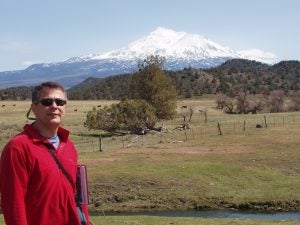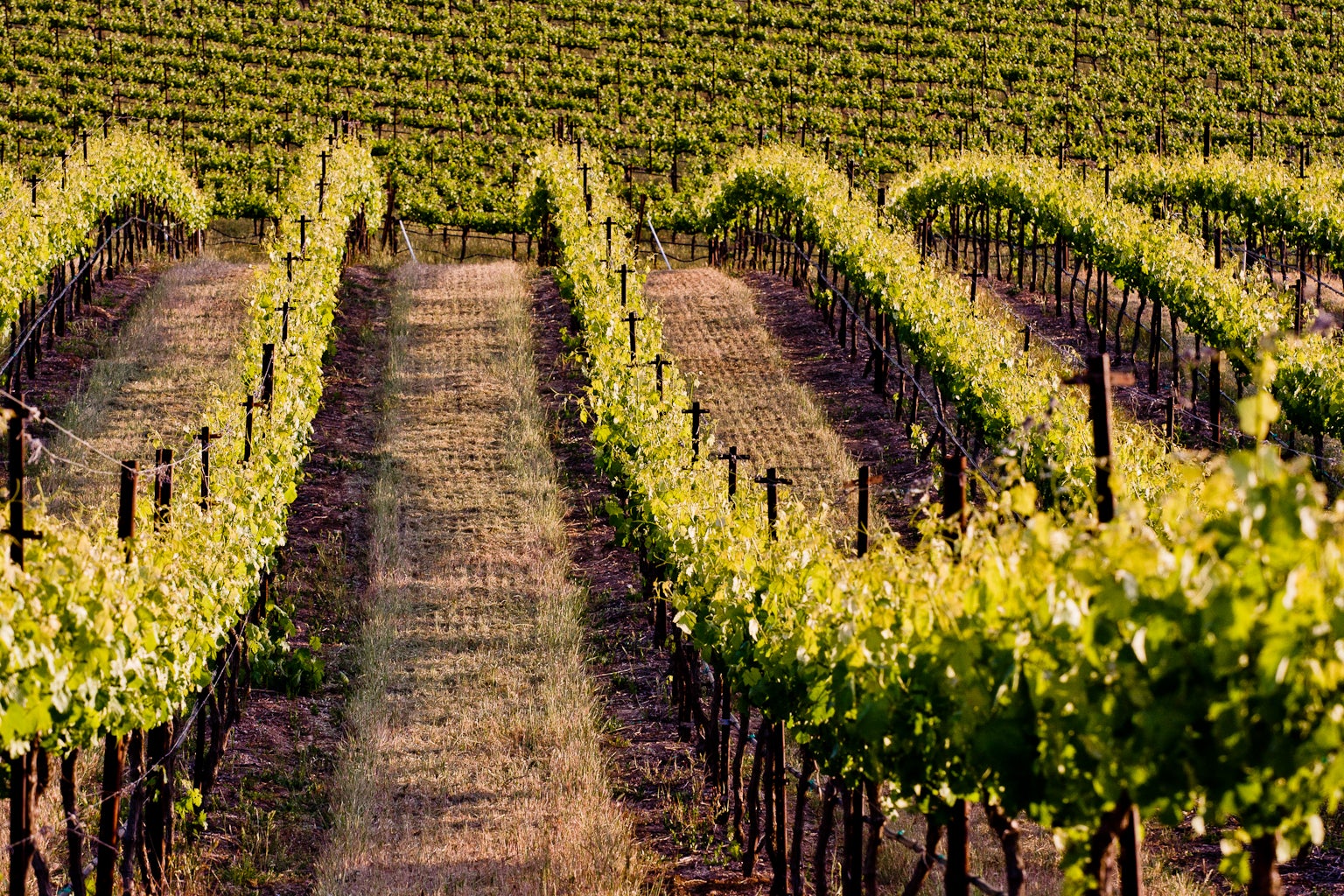
Banks of the Shasta River, Siskiyou County, California (Mount Shasta in the background)
Eastern Tennessee, at the edge of Appalachia, is a beautiful part of the country. Abundant rainfall and a humid climate have created a lush, green landscape filled with thriving streams and rivers. As an adolescent living in this environment, fishing was one of my family’s favorite pastimes. I have such great memories of floating these rivers and catching smallmouth bass and walleye.
But not all streams were great for fishing in Eastern Tennessee. Runoff and sedimentation from widespread coal mining and manufacturing would turn some rivers red. The sight of rivers nearly devoid of life disturbed me and marked the beginning of my slow evolution toward a career in water management.
My career has been a journey, exploring and addressing the nuances that define water, particularly in the western United States. The lure of water led me to Colorado State University, where I received a doctorate degree in watershed sciences. There I immersed myself in water issues, with a big focus on agricultural water use. I made my way back east to teach geology at Radford University before moving to California to begin work as a watershed engineer and consultant.
Today, as an associate vice president at Environmental Defense Fund, I am focused on developing collaborative solutions for managing water scarcity throughout the West. Read More
 Many of us spend a considerable amount of time thinking about food – whether it’s deciding what’s for dinner or how healthy something is for our family. Given that I work on food sustainability and am married to a chef, I spend an even more extreme amount of time thinking about food.
Many of us spend a considerable amount of time thinking about food – whether it’s deciding what’s for dinner or how healthy something is for our family. Given that I work on food sustainability and am married to a chef, I spend an even more extreme amount of time thinking about food.






